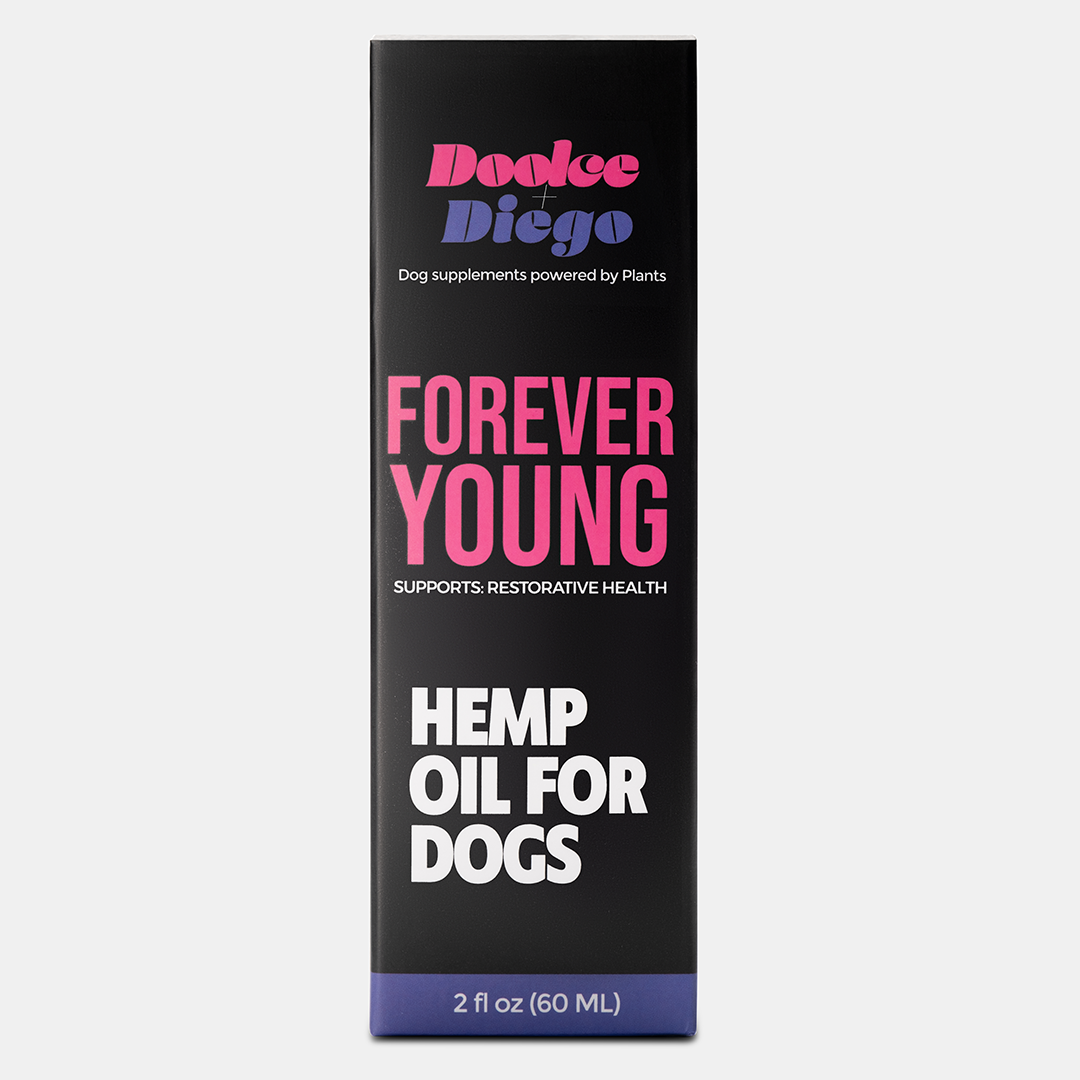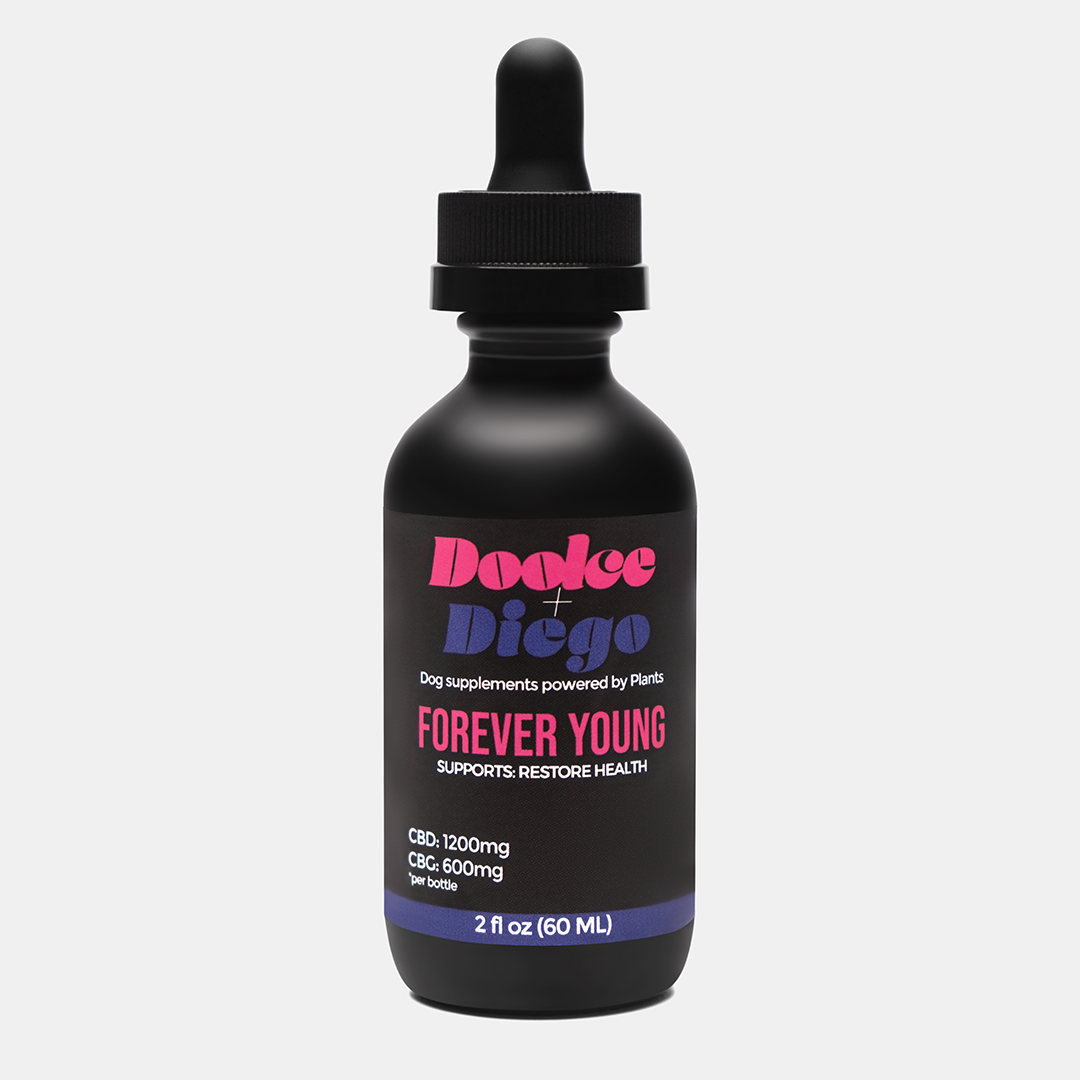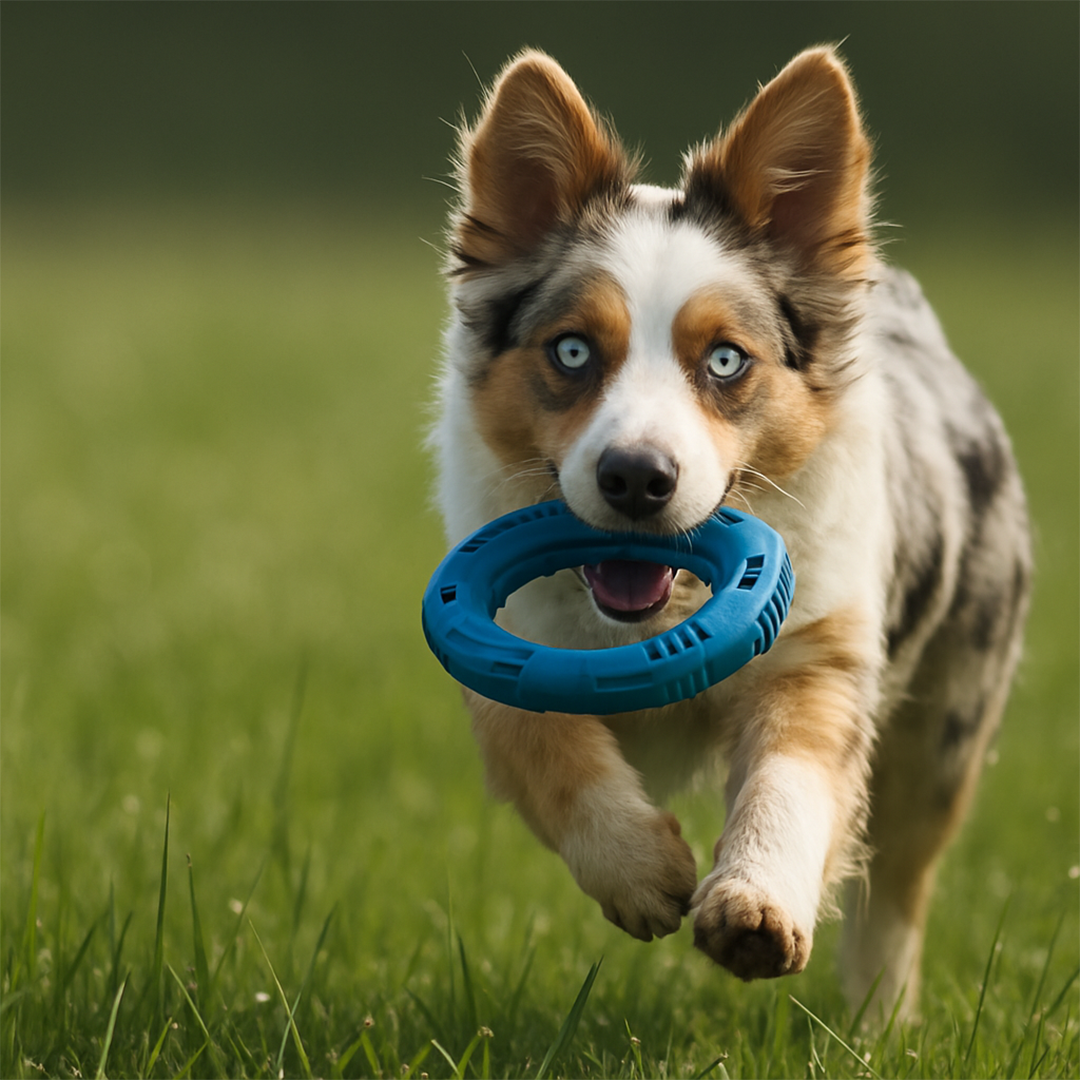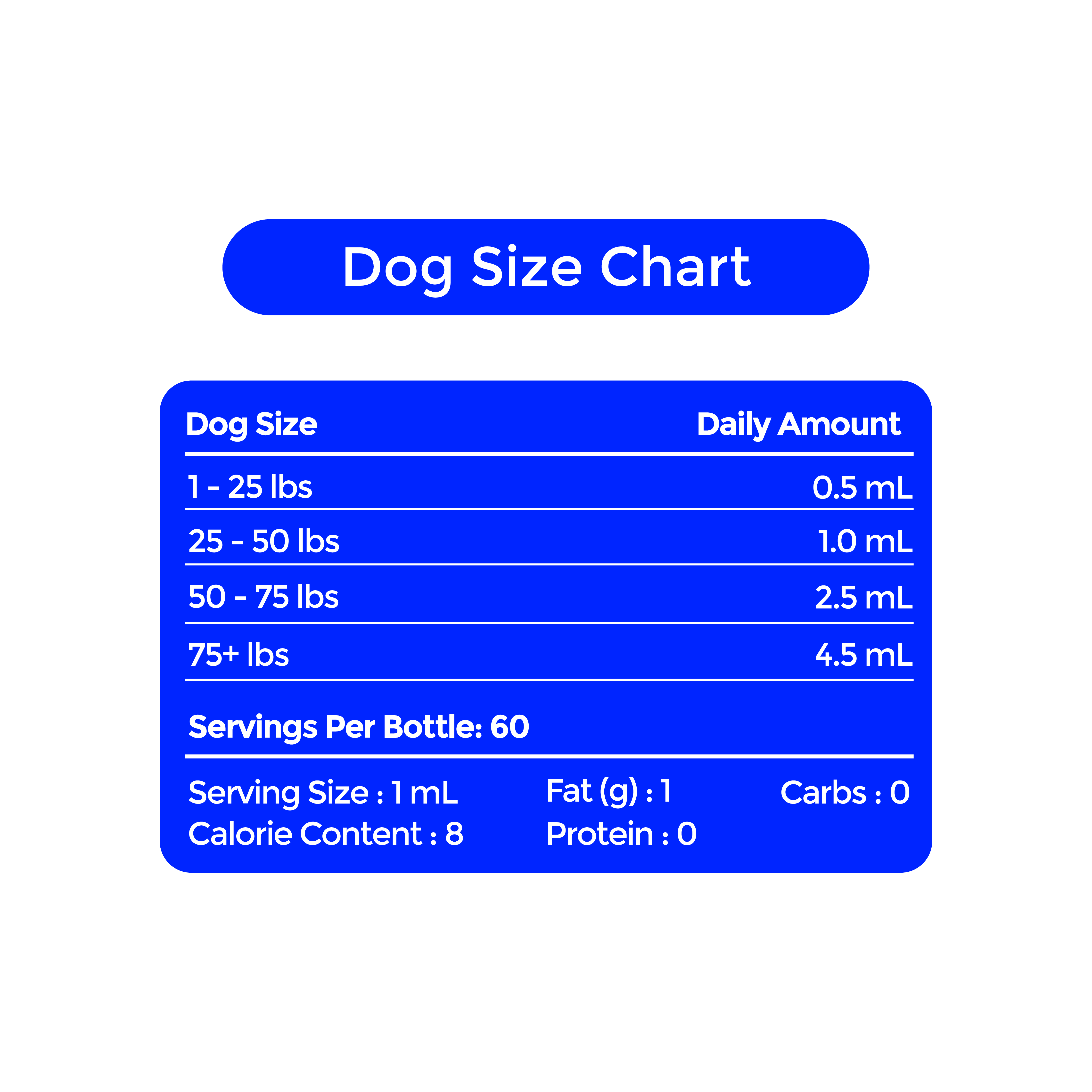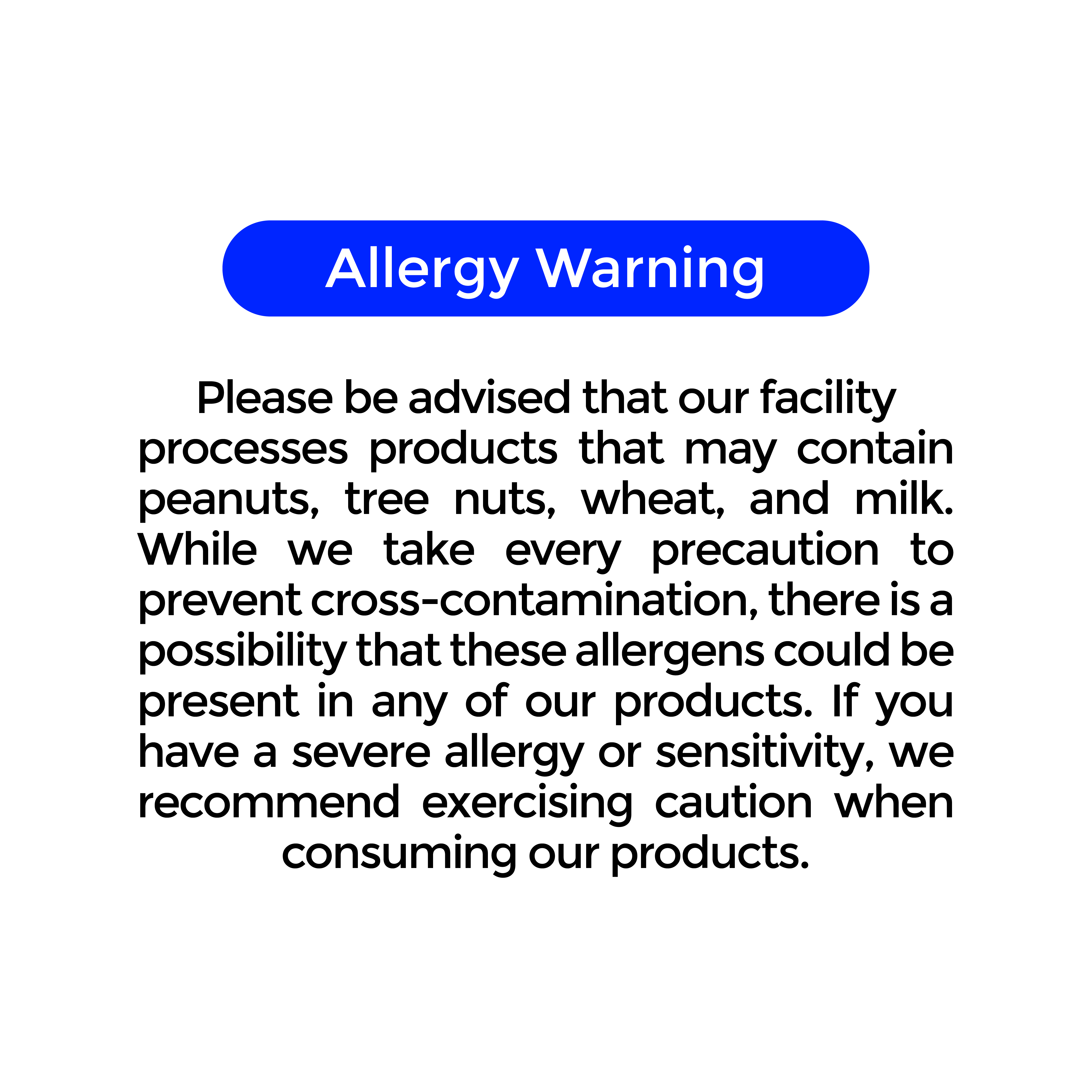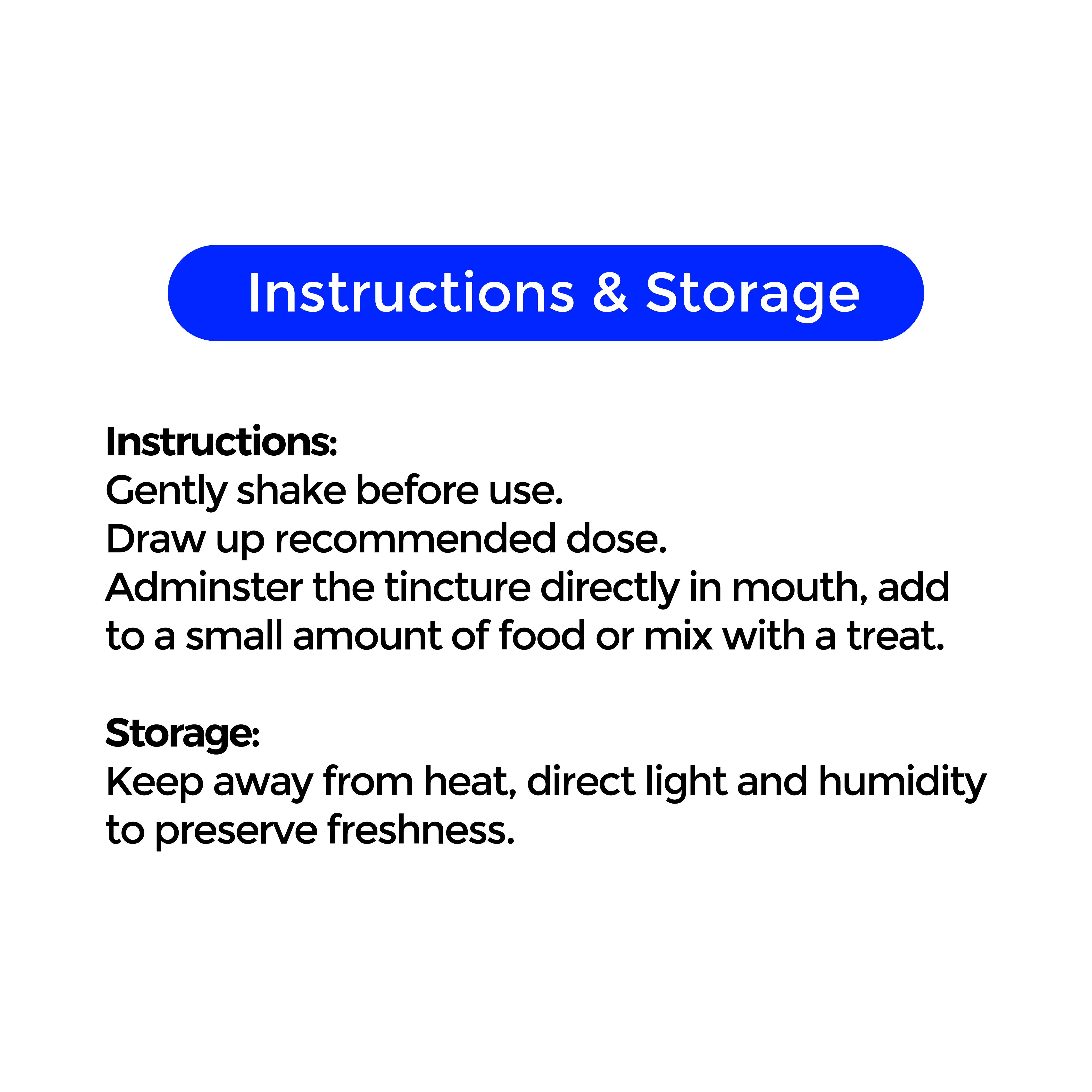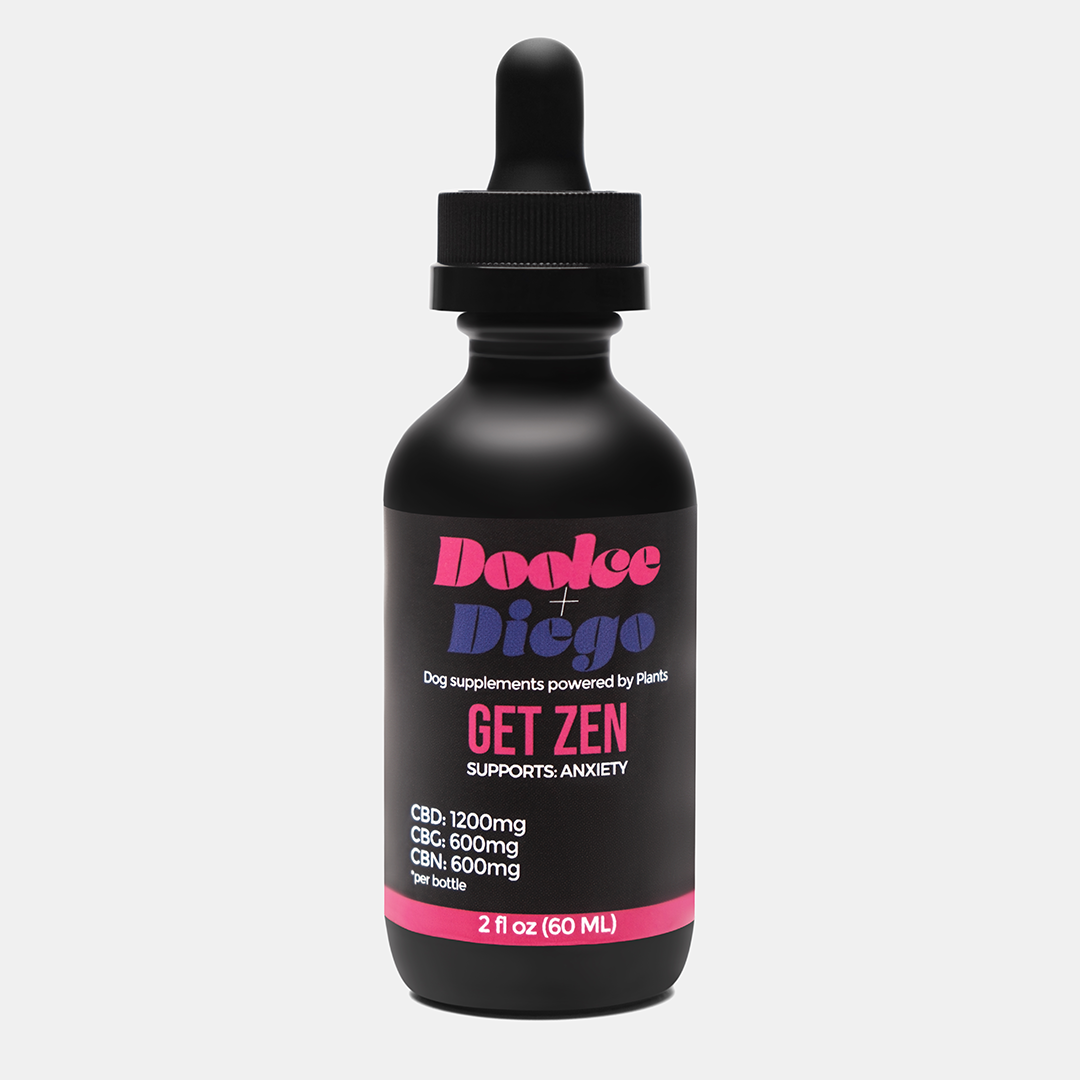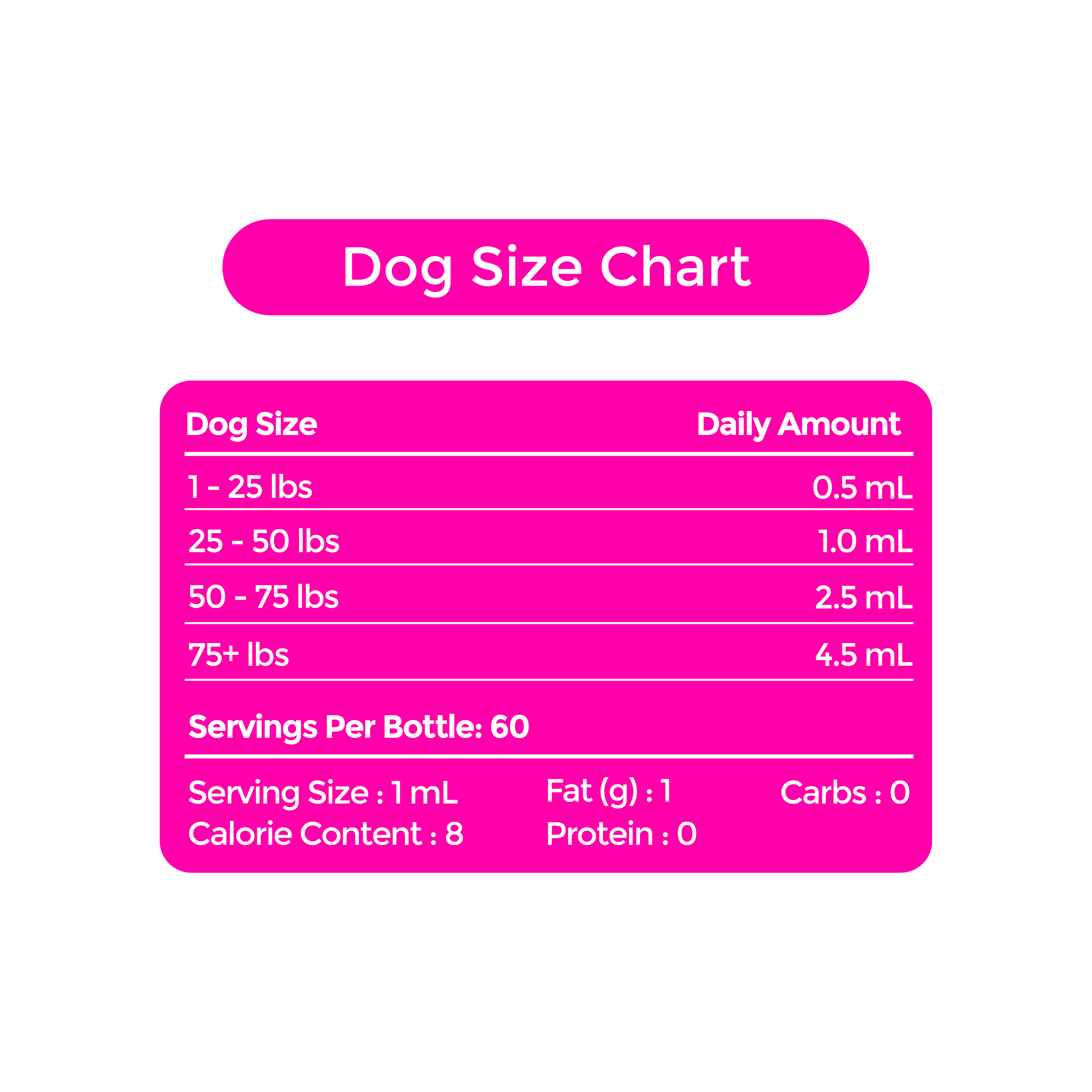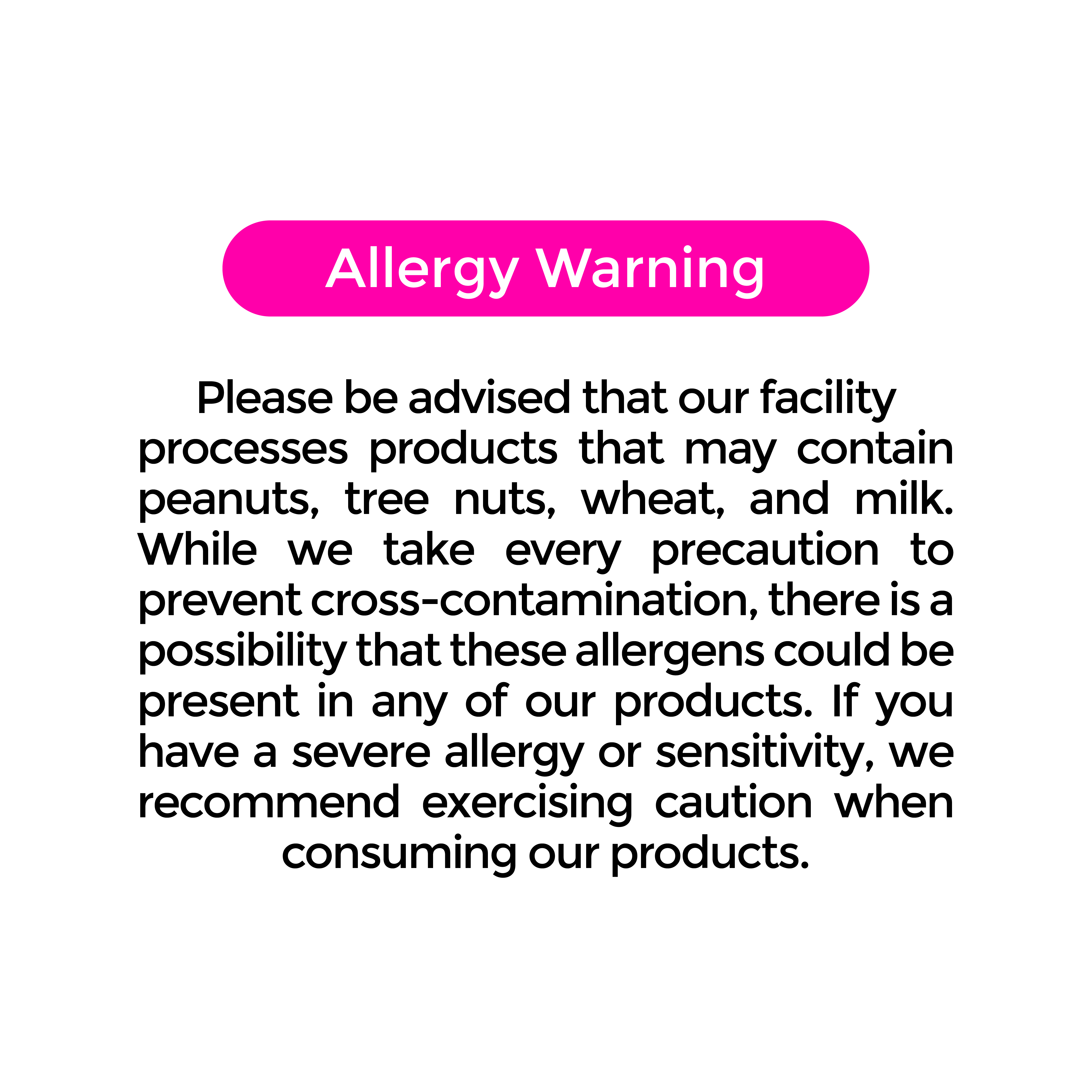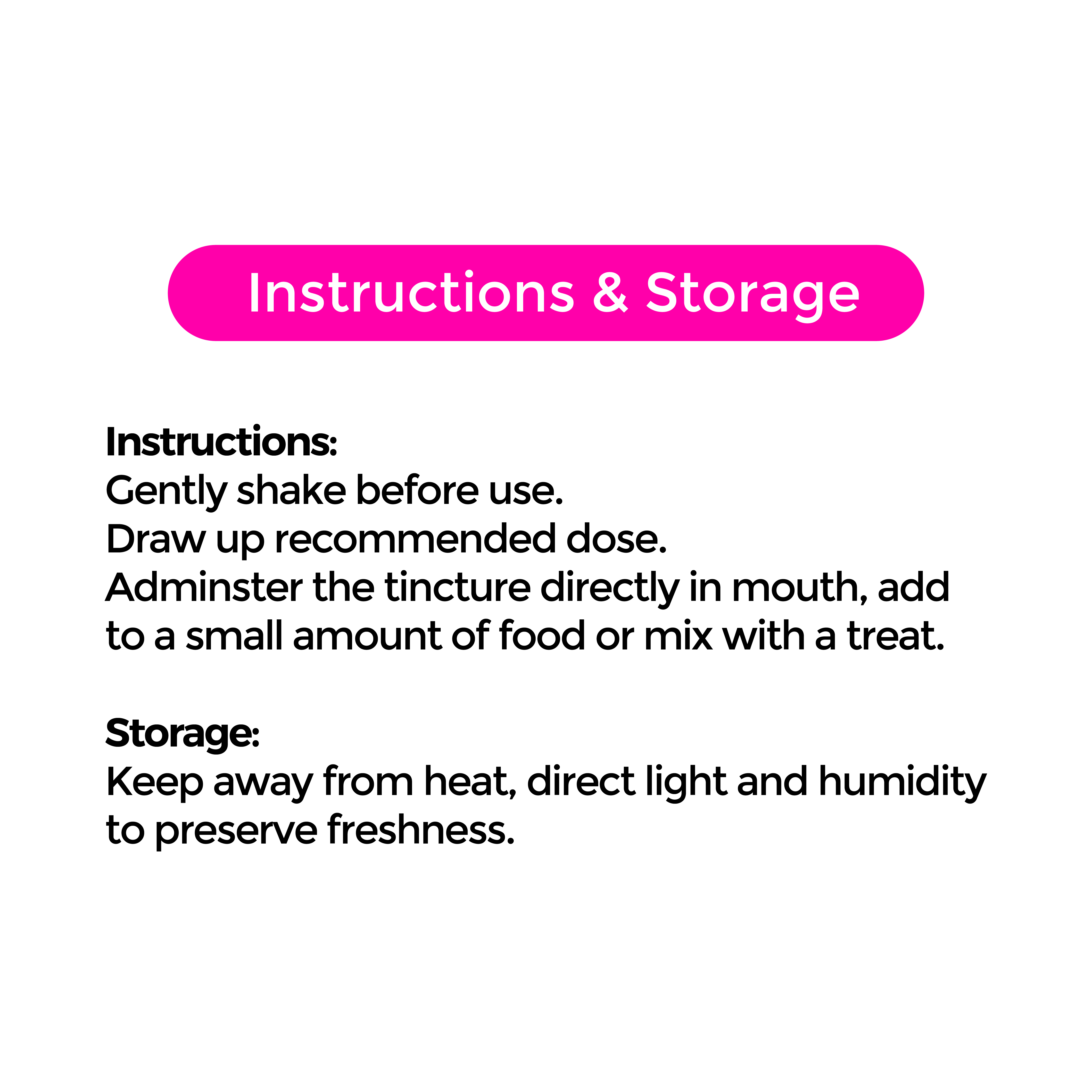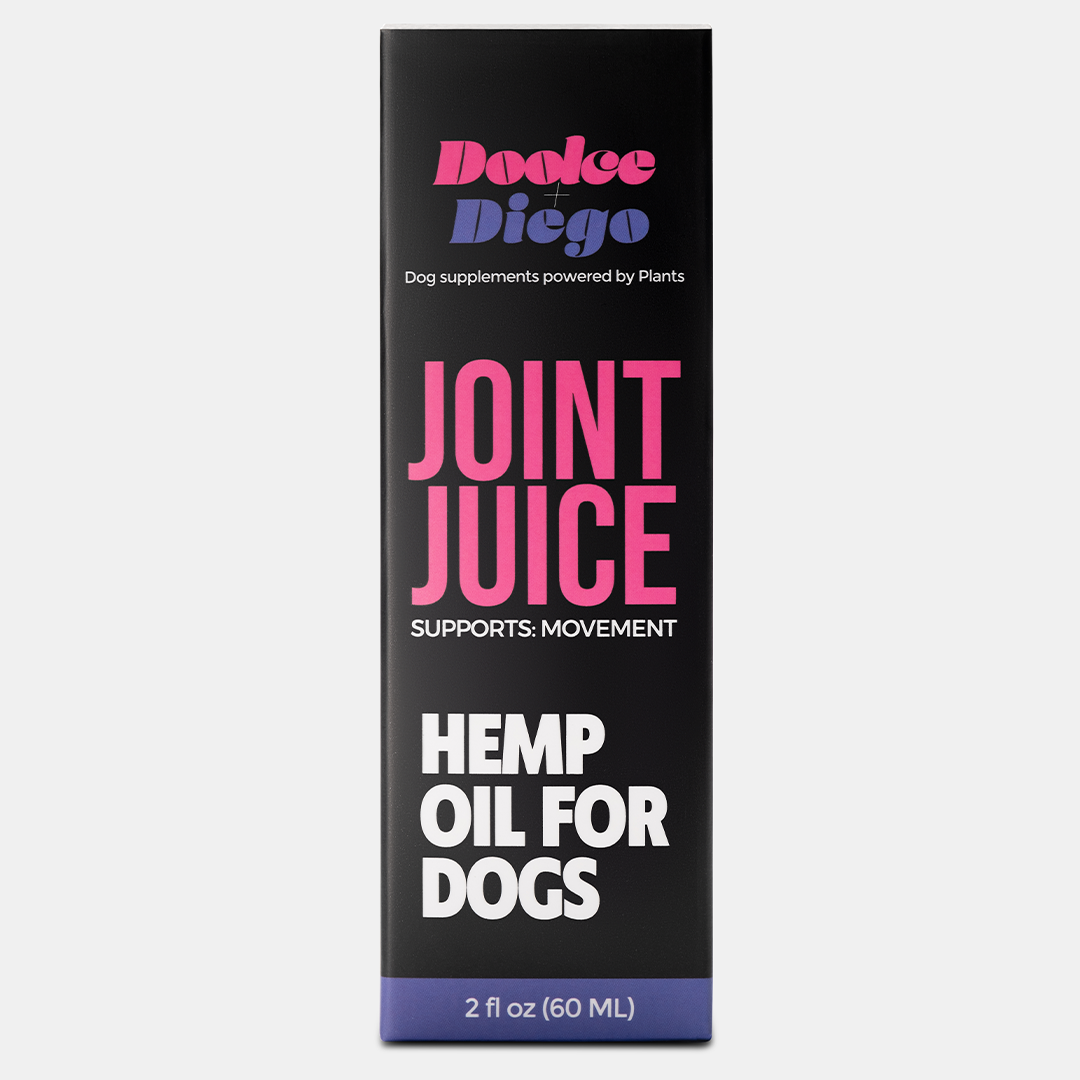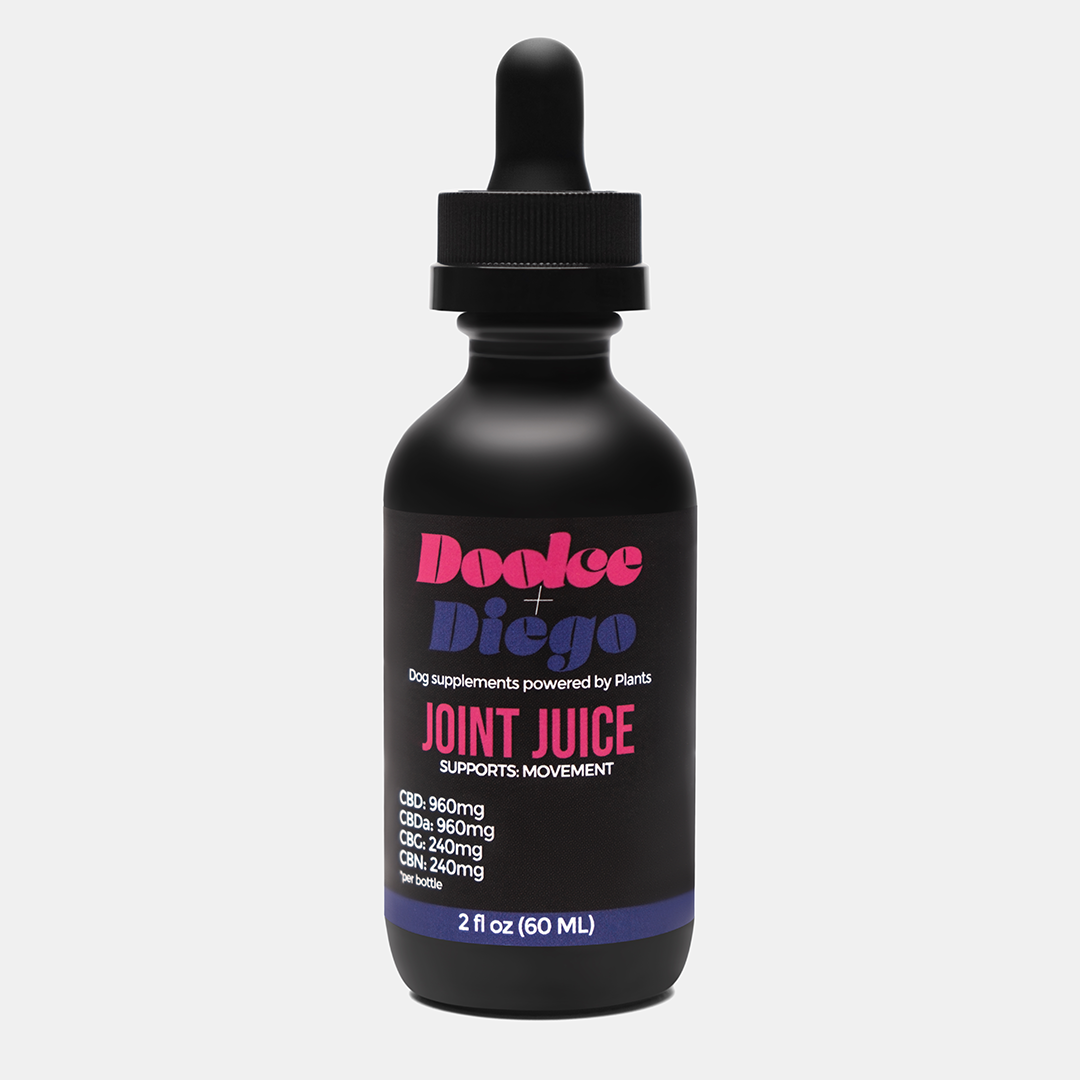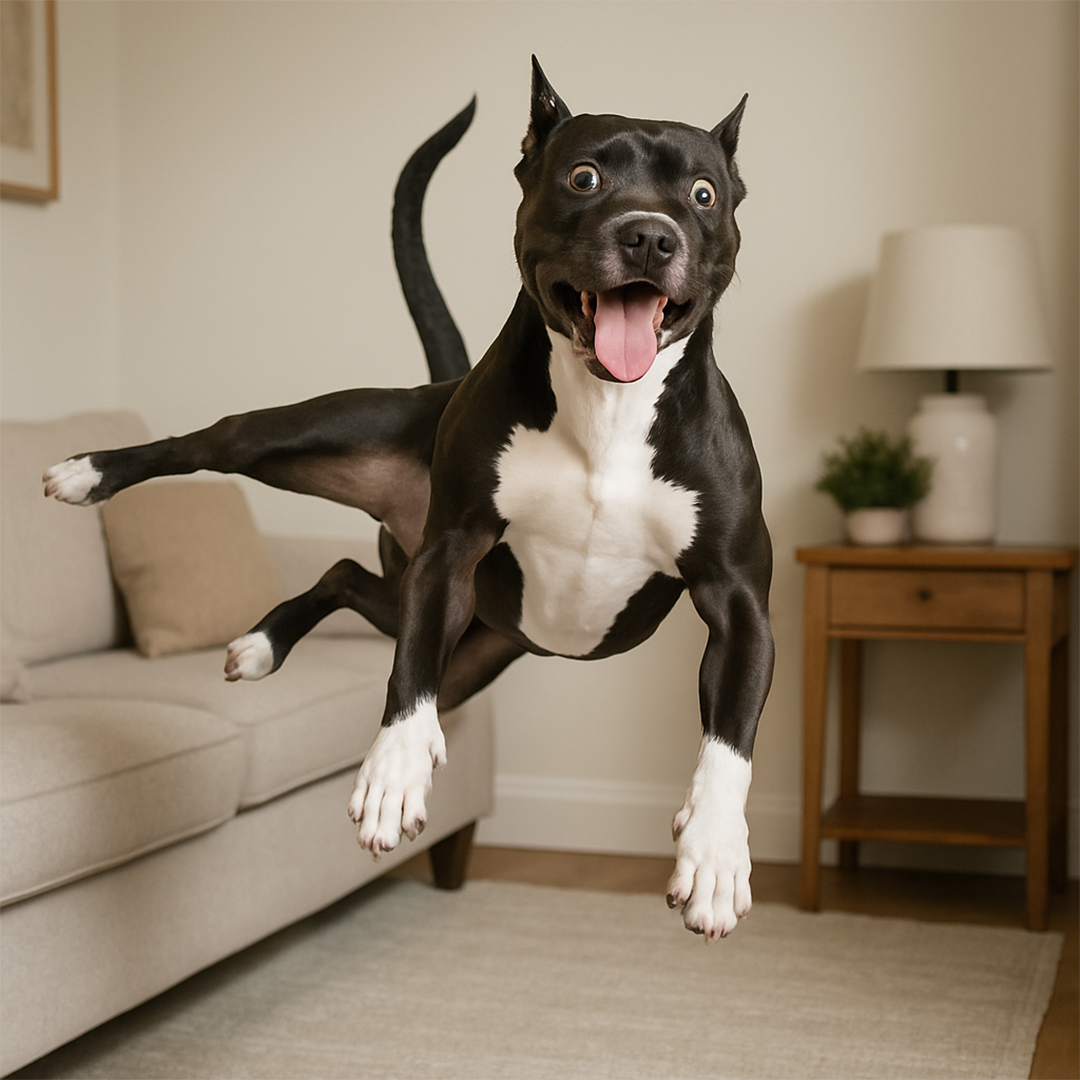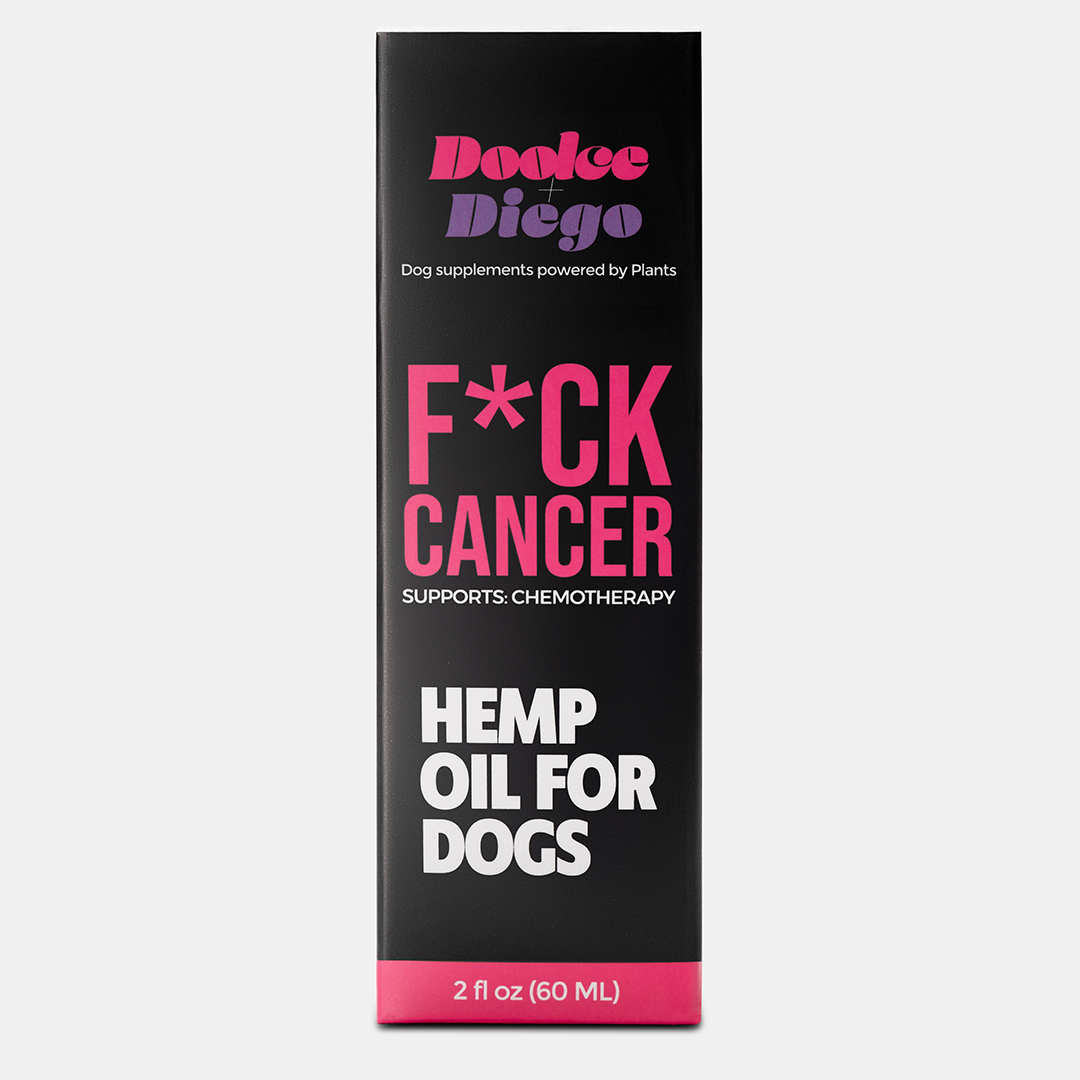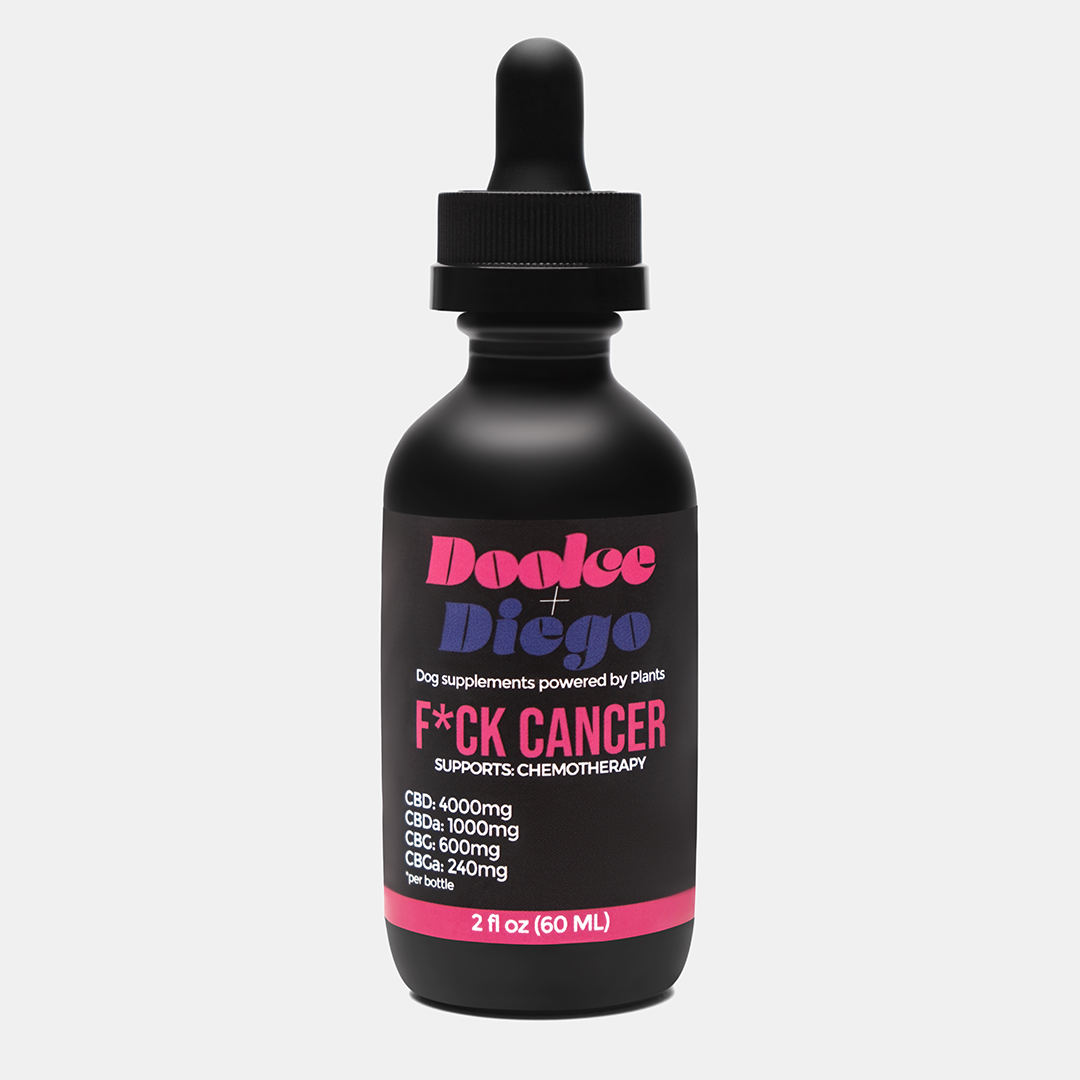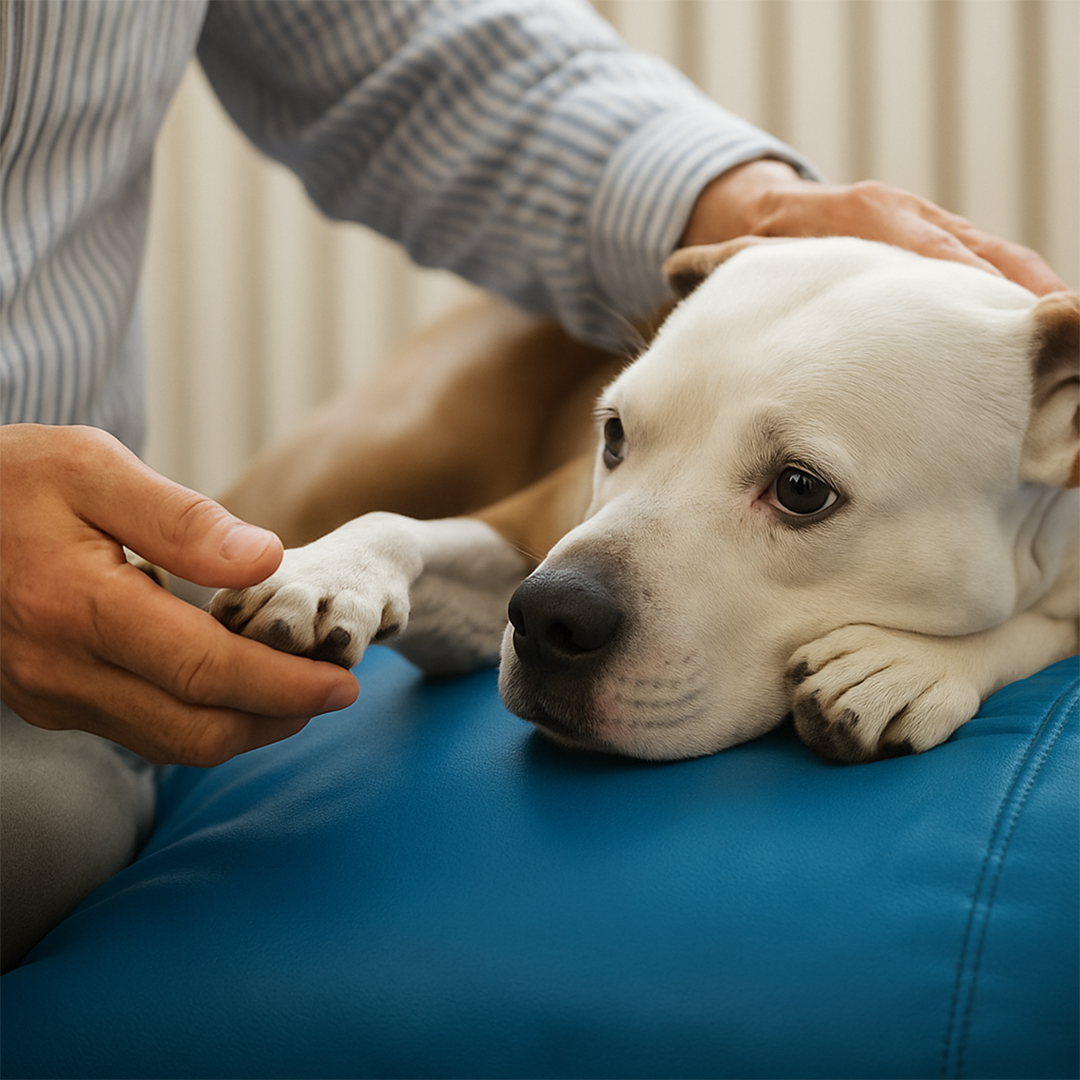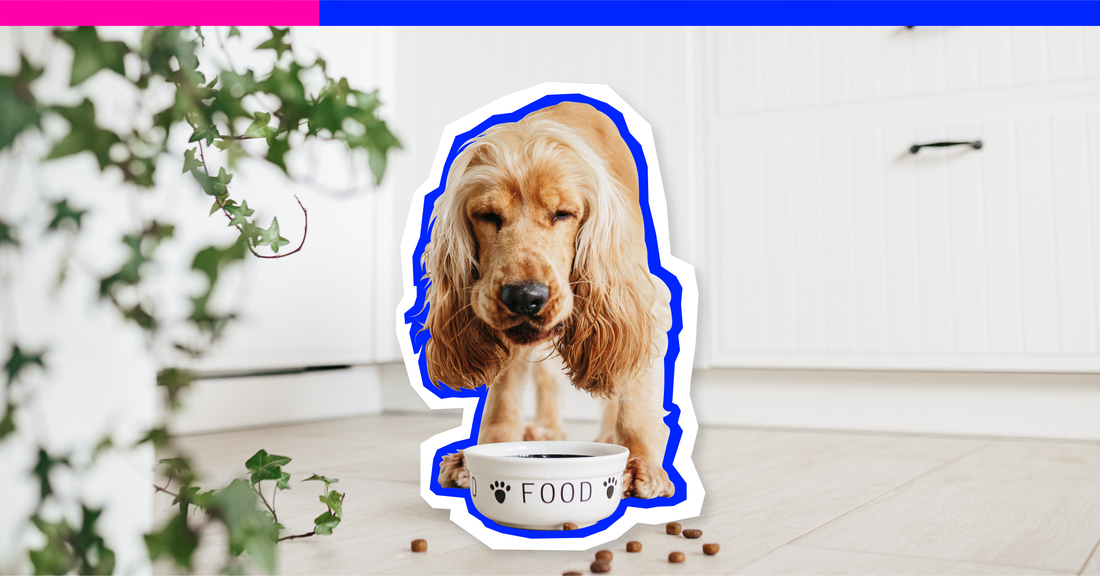
Love Their Gut: The Importance of Digestive Health for Dogs
Your dog’s gut does way more than just process food—it’s the key to their overall health. A happy gut means better digestion, a stronger immune system, and even improved mood and energy levels. But when things go wrong? You might be dealing with tummy troubles, food sensitivities, or even more serious health issues.
So, let’s talk about why digestive health matters for dogs and how you can keep their gut in top shape.
Why Digestive Health is Crucial for Dogs
Your dog’s digestive system isn’t just about breaking down food—it’s responsible for:
✅ Absorbing Nutrients – Making sure your pup gets the vitamins, minerals, and energy they need.
✅ Boosting Immunity – Did you know that 70% of a dog’s immune system lives in their gut? A strong gut = a strong immune defense.
✅ Preventing Illness – A well-balanced gut can help prevent chronic issues like allergies, bloating, and even anxiety.
✅ Regulating Mood & Energy – The gut produces neurotransmitters like serotonin, meaning a happy gut can lead to a happy, energized dog.
When your dog’s digestive system is working properly, everything runs smoothly. But if their gut is out of balance? You’ll see signs of trouble.
Signs of Digestive Issues in Dogs
Wondering if your pup’s digestive system needs some TLC? Here are some red flags to look out for:
🚩 Frequent diarrhea or constipation
🚩 Excessive gas or bloating
🚩 Vomiting
🚩 Itchy skin or allergies
🚩 Low energy or sluggishness
🚩 Poor appetite or weight loss
If any of these symptoms sound familiar, it might be time to take a closer look at your dog’s gut health.
How to Support Your Dog’s Digestive Health
The good news? There are plenty of ways to improve and maintain your dog’s gut health.
1. Feed a Gut-Friendly Diet
What your dog eats directly impacts their digestion. Here’s what to look for:
✔ High-Quality Protein: Lean meats like chicken, turkey, and fish support digestion.
✔ Fiber-Rich Foods: Pumpkin, sweet potatoes, and carrots keep things moving smoothly.
✔ Probiotics & Prebiotics: These “good bacteria” help maintain a healthy gut balance.
✔ Limited Ingredients: Fewer fillers, artificial additives, and grains can help sensitive stomachs.
Avoid processed foods with too many fillers or mystery ingredients—your dog’s stomach will thank you.
2. Add Probiotics & Prebiotics
Just like humans, dogs benefit from probiotics (good bacteria) and prebiotics (food for good bacteria).
🔹 Probiotics – Found in yogurt, kefir, or probiotic supplements, these help maintain gut balance.
🔹 Prebiotics – Ingredients like chicory root or dandelion greens feed good bacteria and promote digestion.
Adding these to your dog’s diet can help reduce bloating, gas, and overall digestive discomfort.
3. Keep Them Hydrated
Dehydration can cause constipation and make digestion sluggish. Always provide fresh, clean water and consider wet food or broth-based meals for extra hydration.
4. Avoid Table Scraps & Sudden Diet Changes
We know—it’s really hard to resist those puppy-dog eyes at dinner. But feeding your dog table scraps (especially fatty, spicy, or processed foods) can lead to upset stomachs, pancreatitis, and weight gain.
Also, if you need to switch your dog’s food, do it gradually over 7-10 days to avoid digestive upset.
5. Exercise & Mental Stimulation
Movement is key for digestion! Regular walks, playtime, and mental stimulation help keep your dog’s metabolism and gut health on track.
🚶♂️ Daily Walks – Stimulates digestion and prevents constipation.
🎾 Interactive Play – Reduces stress, which is linked to better gut health.
6. Schedule Regular Vet Check-Ups
Your vet can help identify underlying digestive issues, recommend dietary changes, and ensure your dog is in optimal health. Annual checkups (or more frequent visits for senior dogs) are essential.
A strong gut is the foundation of your dog’s overall well-being. With the right food, hydration, exercise, and vet care, you can help them live a longer, healthier, and happier life.
Because when your dog feels good on the inside, it shows on the outside—wagging tail and all.
For more tips on your pet’s health, check out Bark Times.

